- DroidAfrica
- Samsung
- Samsung Galaxy S20/S20 5G
Samsung Galaxy S20/S20 5G
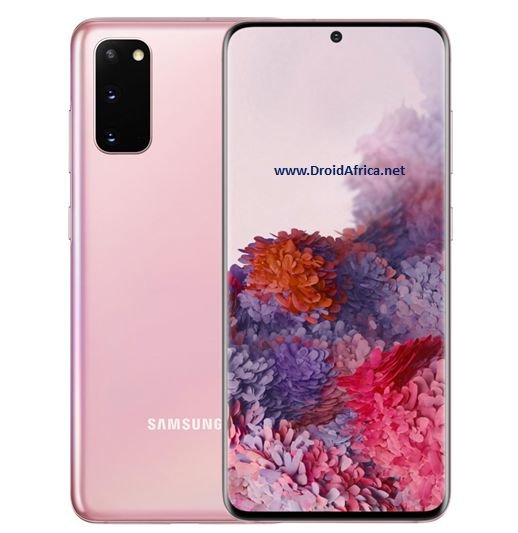
Samsung Galaxy S20/S20 5G Highlights and Overview
The Samsung Galaxy S20 and the S20 5G marks the beginning of another decade for the Galaxy S-series. After a complete 10 years since the launch of the first Galaxy S1, Samsung decided to make a jump to the Galaxy S20 instead of the S11. So despite the naming scheme, the S20-series still remains the direct successor of the older S10-seies launched back in February, 2019. From the screen, the S20 comes in a 6.2 inches display with a 1440 x 3200 QHD+ display and an impressive 89% screen-to-body ratio.
The Galaxy S20 is available in two versions; the international version running on Samsung’s Exynos 990 CPU along with Mali G77 GPU, or the USA version, which is powered by the latest Qualcomm Snapdragon 865 CPU along with Adreno 650 GPU. Both versions has 8GB RAM and 128GB internal storage expandable via a microSDXC card.
On the camera department, you are getting a triple main camera modules; a combination of a 12 MP main sensor, a 12 MP ultra-wide angle lens, and a large 64 MP telephoto lens.
The main sensor is capable of Dual pixels PDAF, f/1.8 aperture and Super Steady Optical Image Stabilization (OIS), along with a single LED flash. For selfie lovers, there is a single 10-megapixel sensor upfront, featuring dual pixels PDAF, Dual video call, Auto-HDR and f/2.2 aperture.
There is a non-removable 4000 mAh battery that supports 25W fast charging features via a USB Type-C interface. The Galaxy S20 is available in Cosmic Grey, Cloud Blue, Cloud Pink colors, and you can even choose between a single or dual SIM options.
Above all, the S20 is available in both 4G and 5G variants. The 5G S20 comes with additional 5G network bands giving it faster data network and a download speed of up to 5-gigabyte per seconds. Both variants runs the latest Android 10 based on Samsung One UI v2. Other key specifications and silent features of the new Samsung Galaxy S20 and the S20 5G are contained in the table below.
Samsung Galaxy S20/S20 5G Full Specifications and Features
NETWORK
| Technology | GSM / CDMA / HSPA / EVDO / LTE / 5G |
| 2G Network Bands |
GSM 850 / 900 / 1800 / 1900 - SIM 1 & SIM 2 (Dual SIM model only) - CDMA 800 / 1900 & TD-SCDMA |
| 3G Network Bands |
HSDPA 850 / 900 / 1900 / 2100 - HSDPA 850 / 900 / 1700(AWS) / 1900 / 2100 - CDMA2000 1xEV-DO |
| 4G Network Bands | LTE band 1(2100), 2(1900), 3(1800), 4(1700/2100), 5(850), 7(2600), 8(900), 12(700), 13(700), 17(700), 18(800), 19(800), 20(800), 25(1900), 26(850), 28(700), 32(1500), 38(2600), 39(1900), 40(2300), 41(2500), 66(1700/2100) |
| 5G Network Bands | 5G band 1(2100), 3(1800), 5(850), 7(2600), 8(900), 28(700), 40(2300), 77(3700), 78(3500); SA/NSA/Sub6 - For the Galaxy S20 Plus 5G model only |
| Speed | HSPA 42.2/5.76 Mbps, LTE-A (7CA) Cat20 2000/200 Mbps; 5G (5+ Gbps DL) |
LAUNCH
| Also Known As |
- - |
BODY
| Dimensions | 151.7 x 69.1 x 7.9 mm |
| Weight | 163 grams |
| Build |
Glass front (Gorilla Glass 6) - Glass back (Gorilla Glass 6) - Aluminum frame |
| SIM Type | Single SIM (Nano-SIM and/or eSIM) or Hybrid Dual SIM (Nano-SIM, dual stand-by) |
DISPLAY
| Display Type | Dynamic AMOLED 2X capacitive touchscreen, 16M colors |
| Size | 6.2 inches, 93.8 cm2 (~89.5% screen-to-body ratio) |
| Resolution | 1440 x 3200 pixels, 20:9 ratio (~563 ppi density) |
PLATFORM
| Operating System | Android 10.0; One UI 2 |
| Chipset |
Exynos 990 (7 nm+) - Global Version - Qualcomm SM8250 Snapdragon 865 (7 nm+) - USA Version |
| CPU |
Octa-core (2x2.73 GHz Mongoose M5 & 2x2.60 GHz Cortex-A76 & 4x2.0 GHz Cortex-A55) - Global Version - Octa-core (1x2.84 GHz Kryo 585 & 3x2.42 GHz Kryo 585 & 4x1.8 GHz Kryo 585) - USA Version |
| GPU |
Mali-G77 MP11 - Global Version - Qualcomm Adreno 650 - USA Version |
MEMORY
| RAM + ROM | 8 GB |
| Card Slot | microSDXC (uses shared SIM slot) |
MAIN CAMERA
| Camera Type | Triple Lenses |
| Camera Sensor(s) | 64 MP + 12 MP + 12 MP Main camera |
| Camera Features |
Autofocus Face detection F/2.0 aperture LED Flash Panorama HDR 64 MP Telephoto (second camera) 12 MP, f/2.2, 12mm (depth sensor) (third camera) |
| Video Resolution | 3240p@30fps, 2160p@30/60fps, 1080p@30/60/240fps, HDR10+, dual-video rec., stereo sound rec., gyro-EIS & OIS |
SELFIE CAMERA
| Camera Type | Single Lens |
| Camera Sensor(s) | 10-megapixel punch hole camera |
| Camera Features |
F/2.0 aperture FaceID Face beautification Auto-HDR |
| Video Resolution | 2160p@30/60fps, 1080p@30fps |
SOUND
| Loudspeaker | Yes |
| Speaker Location | Placed at the basement |
| Audio Jack Type | No |
CONNECTIVITY
| Bluetooth | Bluetooth 5.0, A2DP, LE |
| NFC | |
| GPS | Yes, with A-GPS, GLONASS, GALILEO, BDS |
| FM Radio | FM radio |
BATTERY
| Battery Capacity | Non-removable Li-Po 4000 mAh battery |
| Wireless Charging | Yes, Fast Qi/PMA wireless charging 15W |
| Talk Time Talk Time is the longest time that a single battery charge will last when you are constantly talking on the phone under perfect conditions, Ambient temperature and highly dependent on the cellular network environment such as the distance to the closest cell network tower. | Up to 29 hours |
| Stand-by | Up to 670 hours |
OTHER FEATURES
| Sensors | Fingerprint (side-mounted), accelerometer, proximity, compass |
| Box Contents | Charging Brick / USB cable |
Samsung Galaxy S20/S20 5G User Reviews and Opinions
Disclaimer Note
This specification was entered manually, hence we CANNOT guarantee 100% accuracy. Any error? Let us know in the comment section.






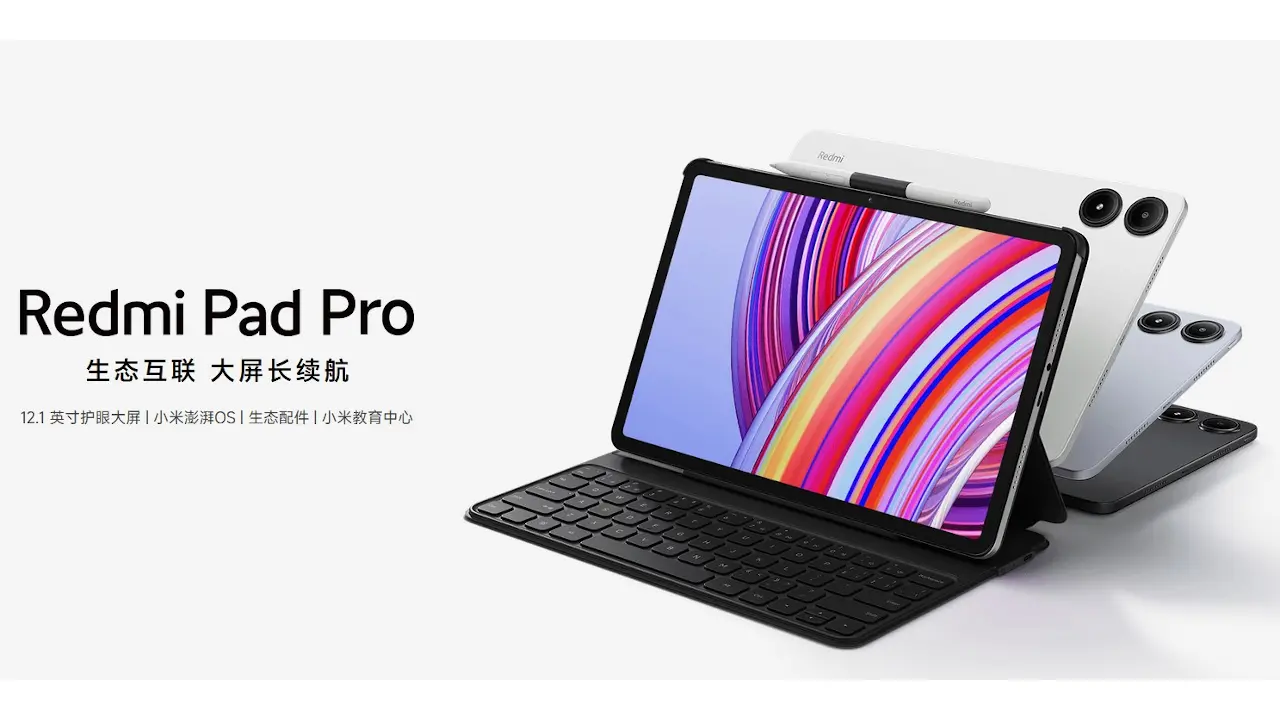
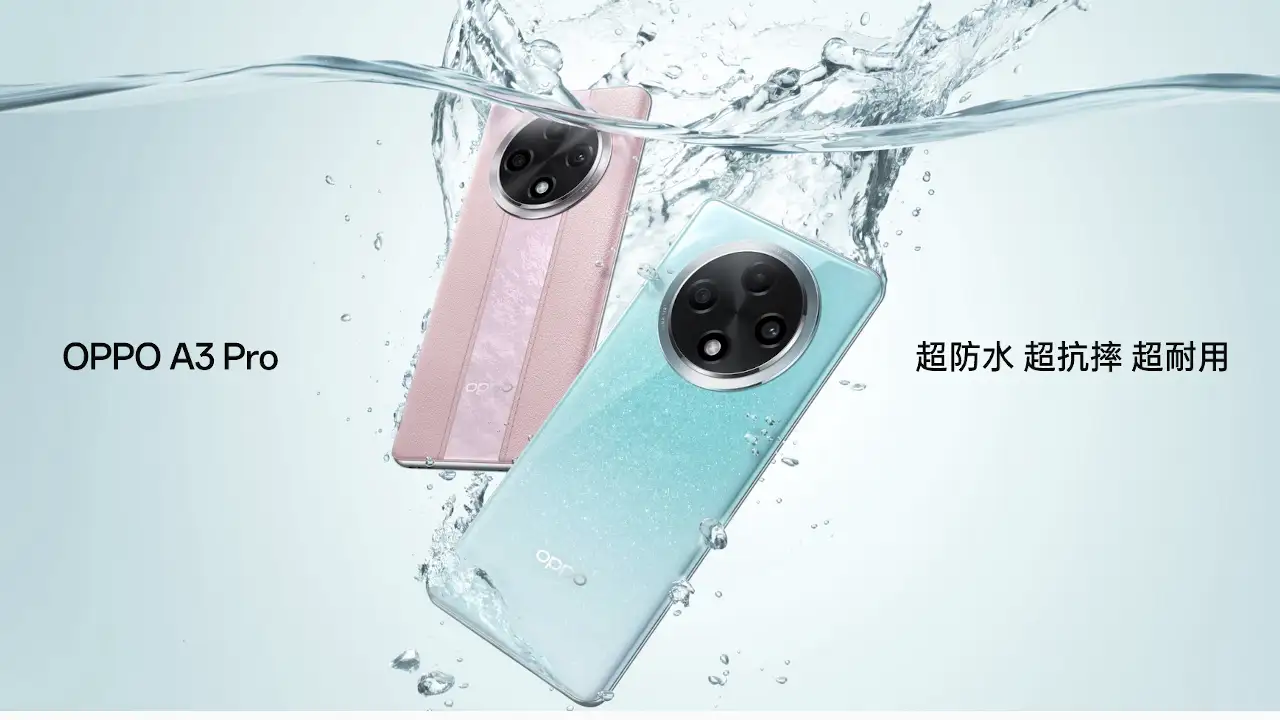

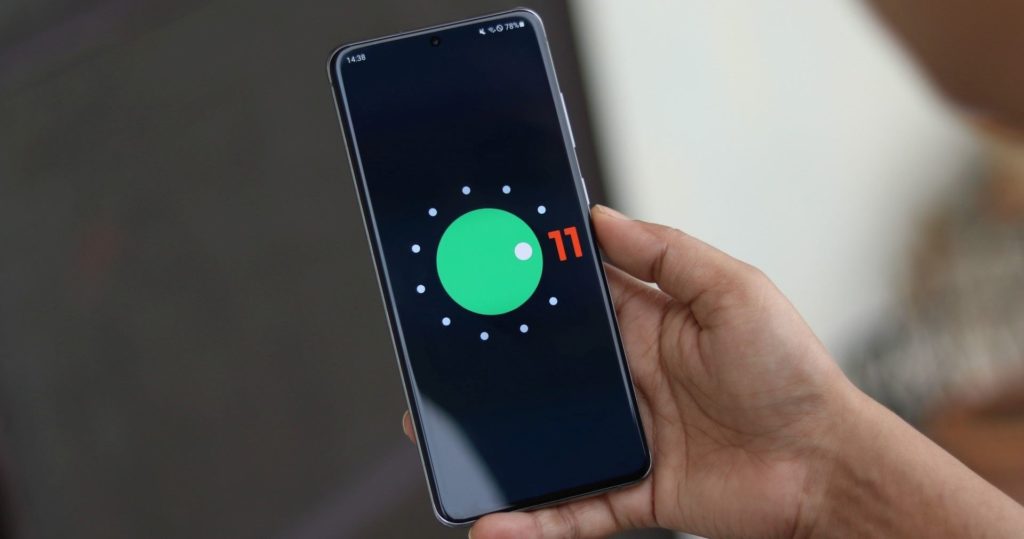
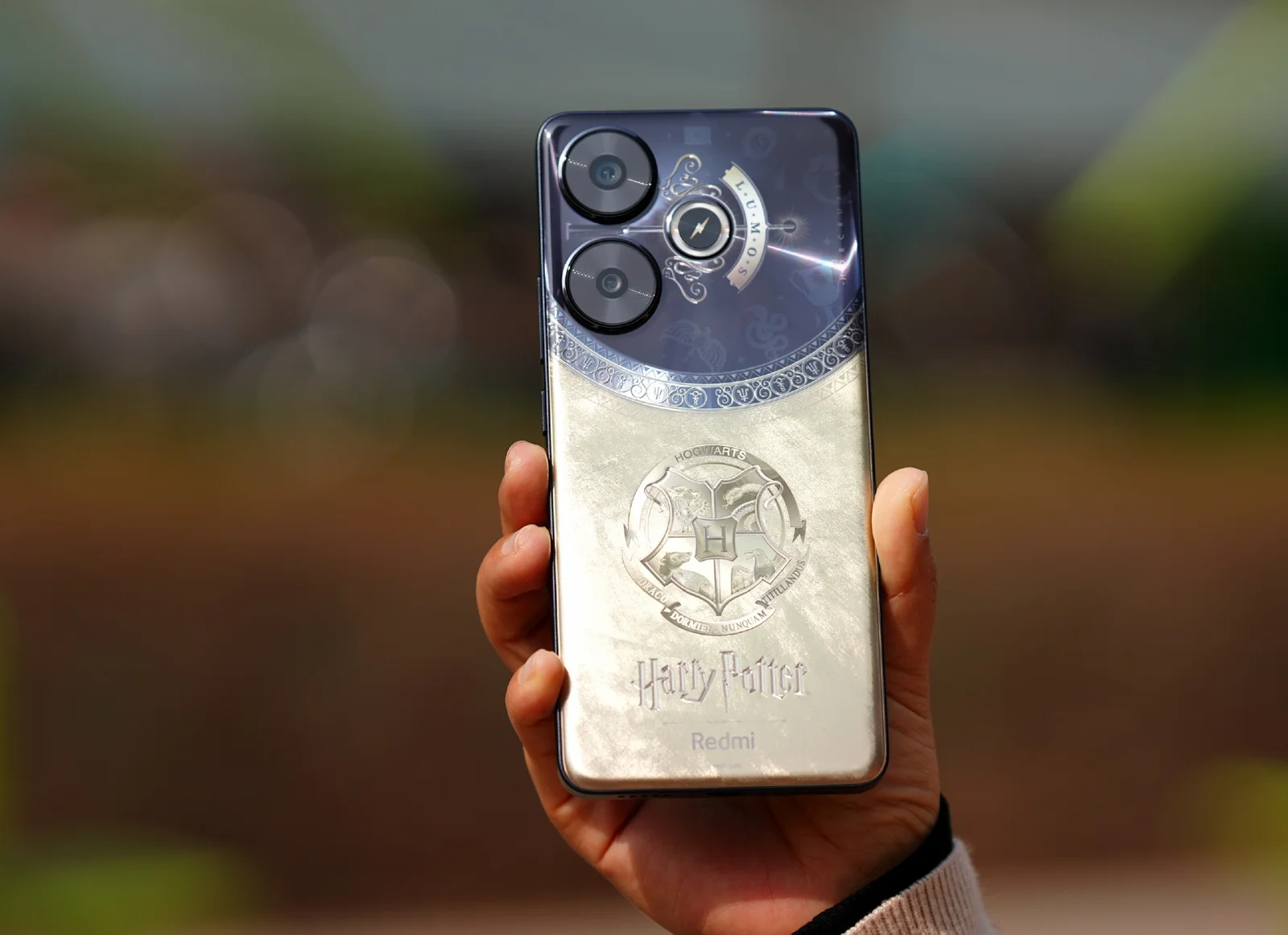
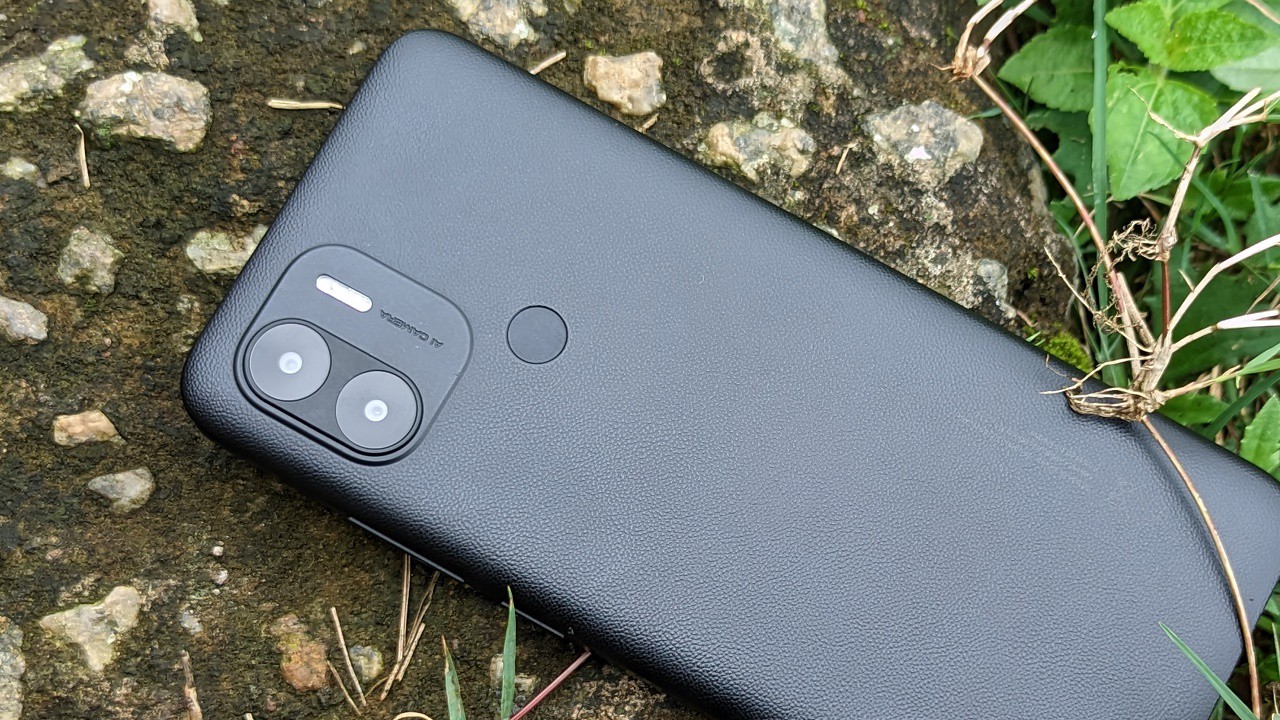
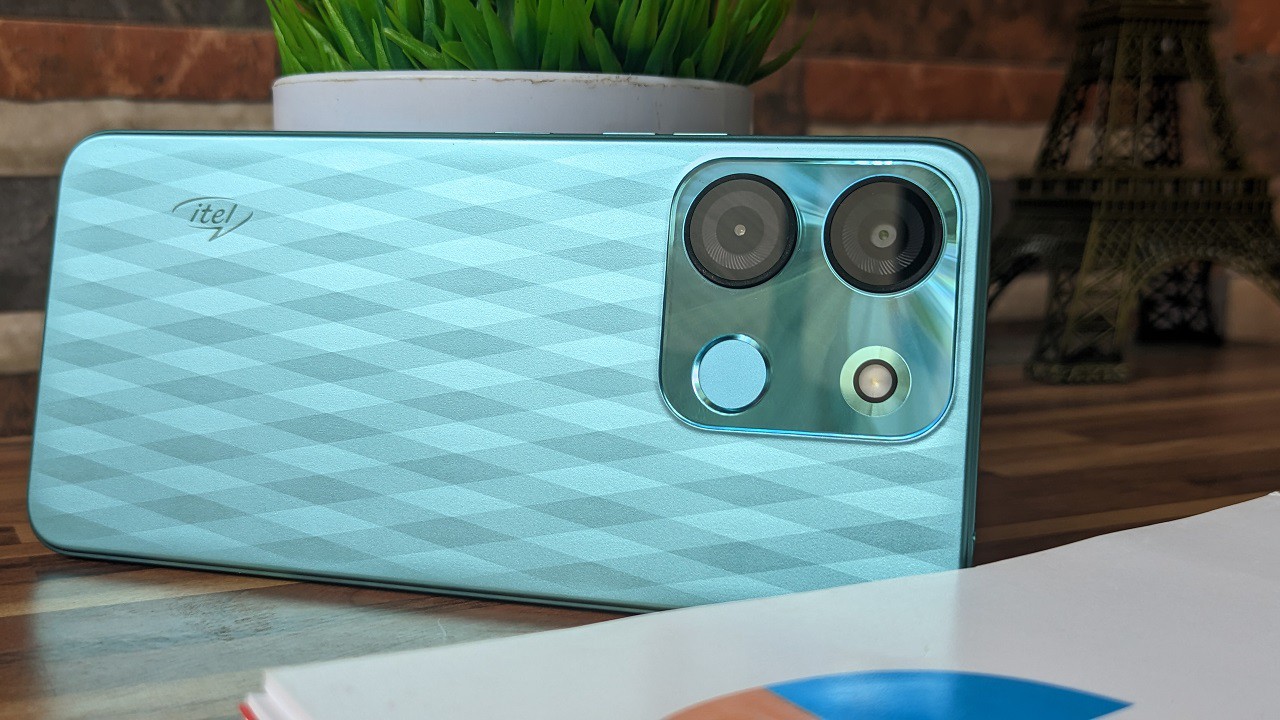
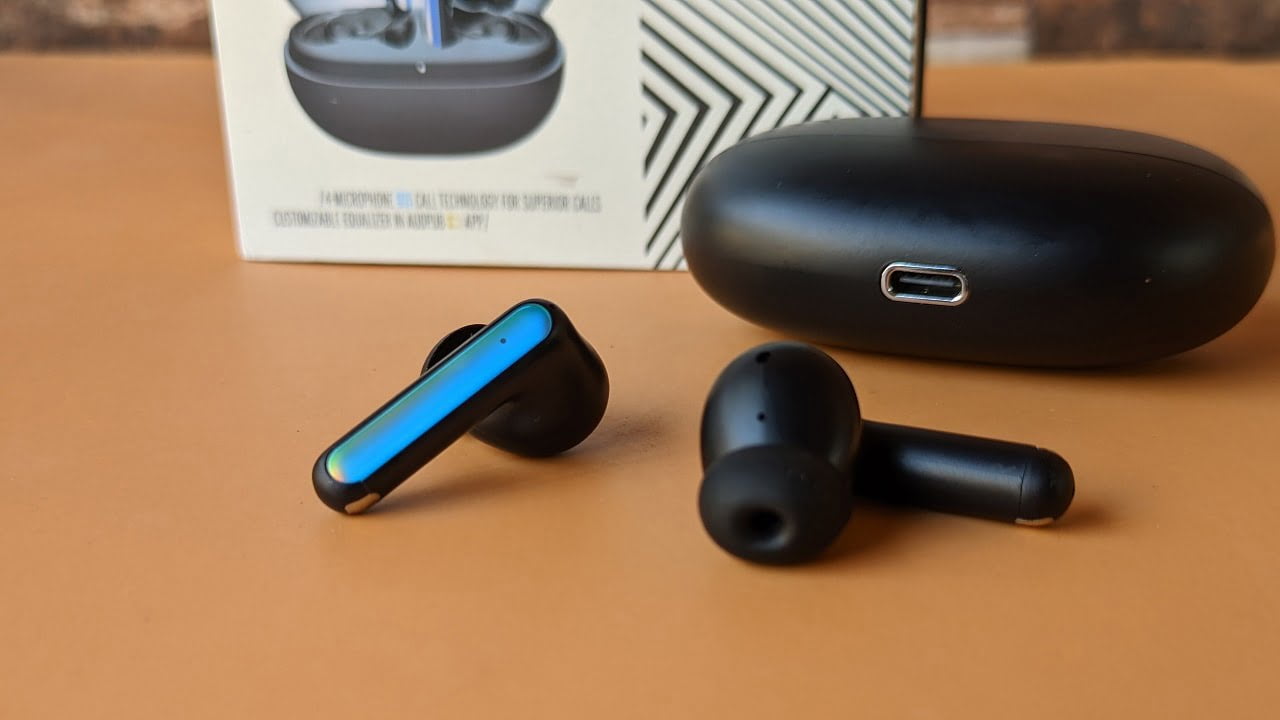
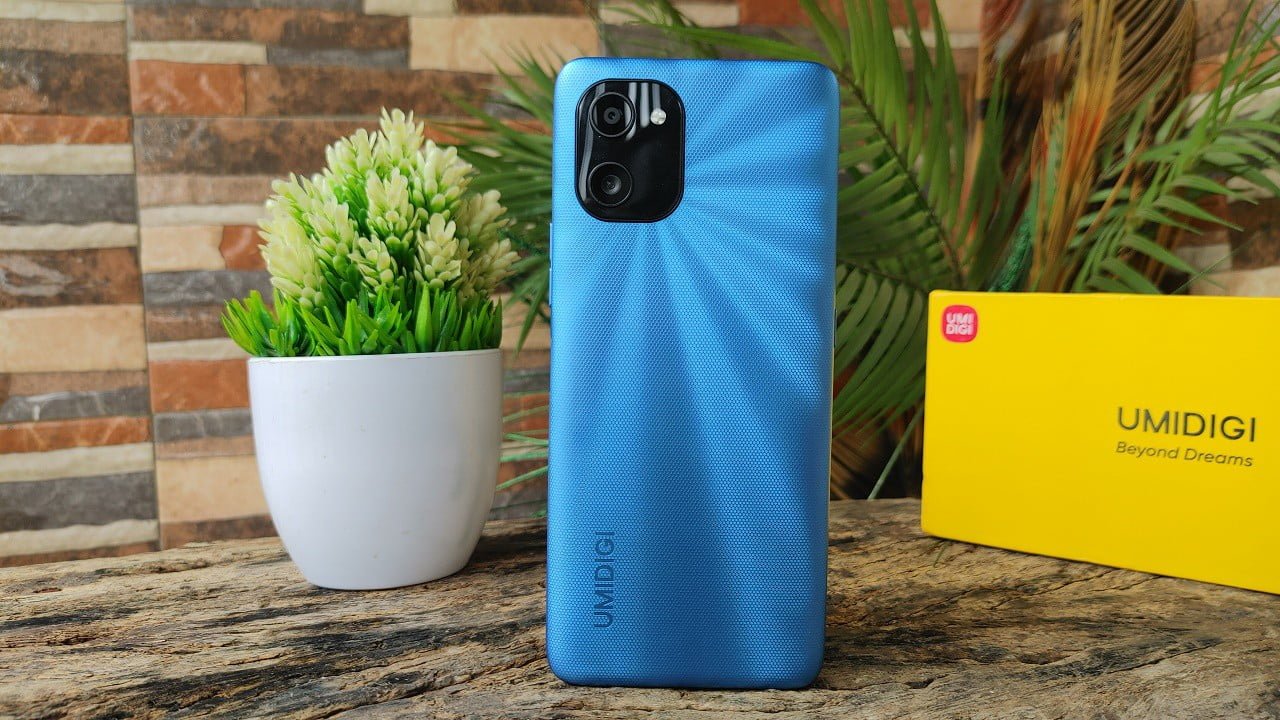
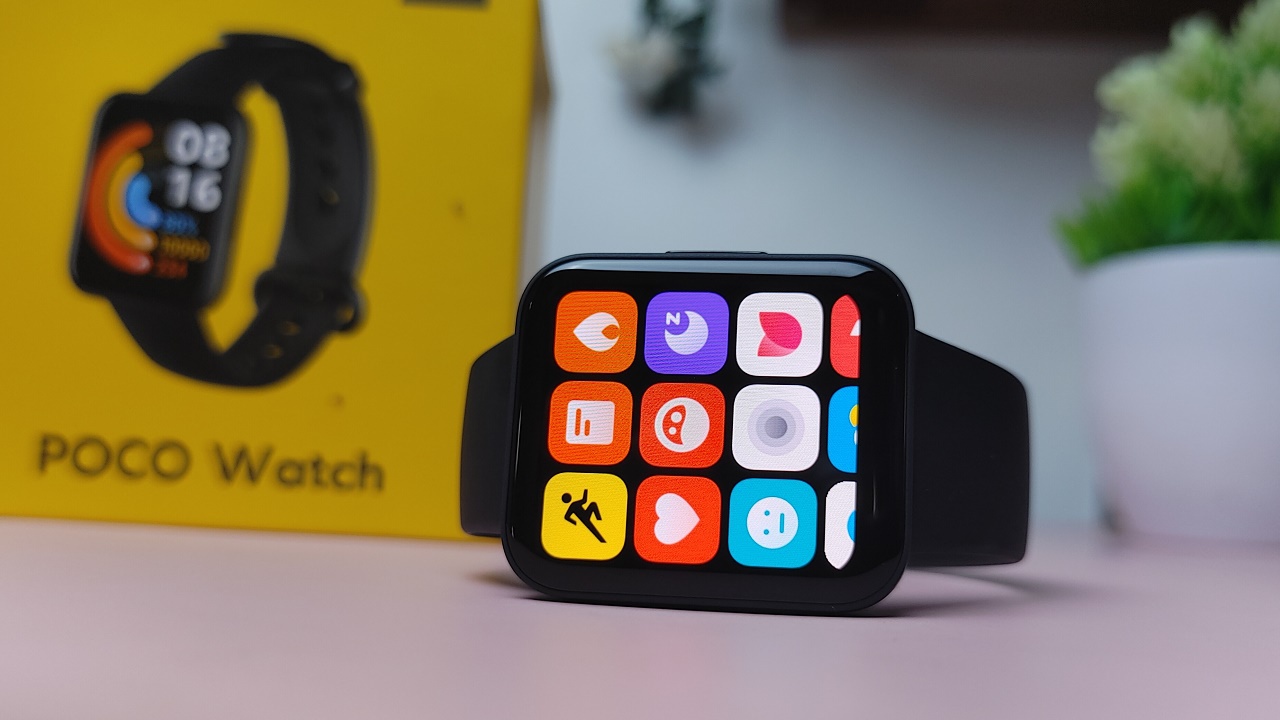
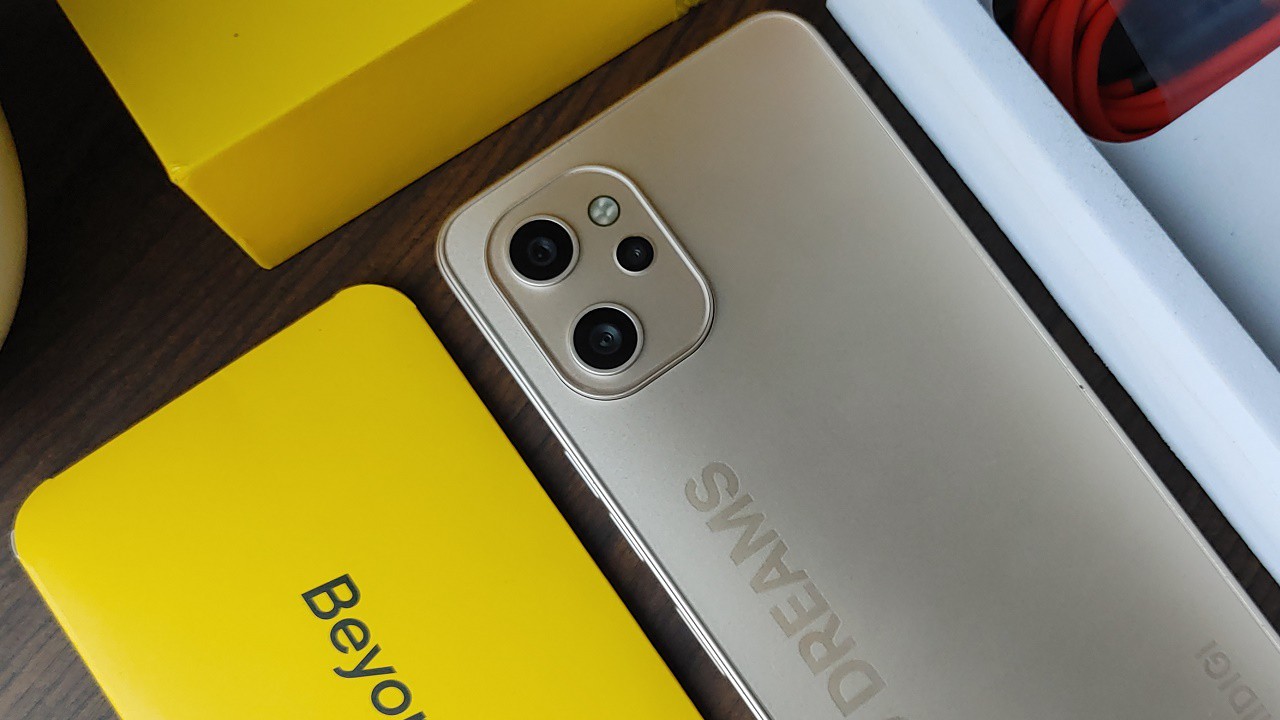
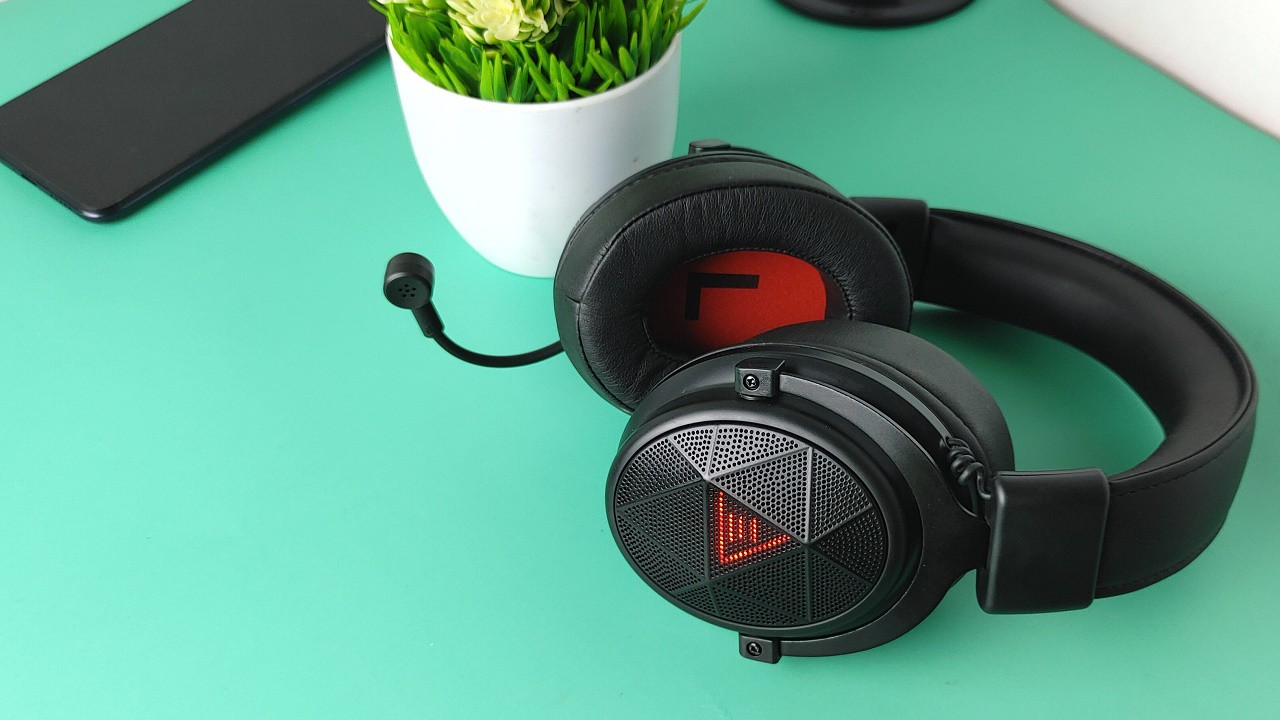

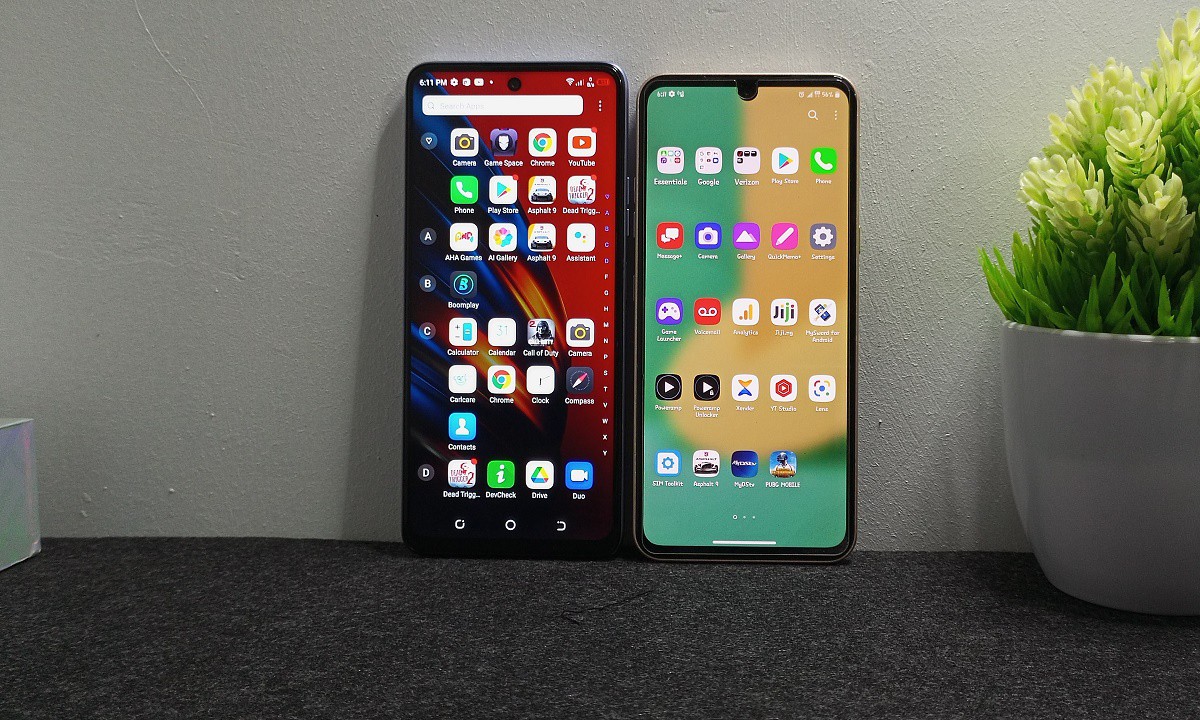
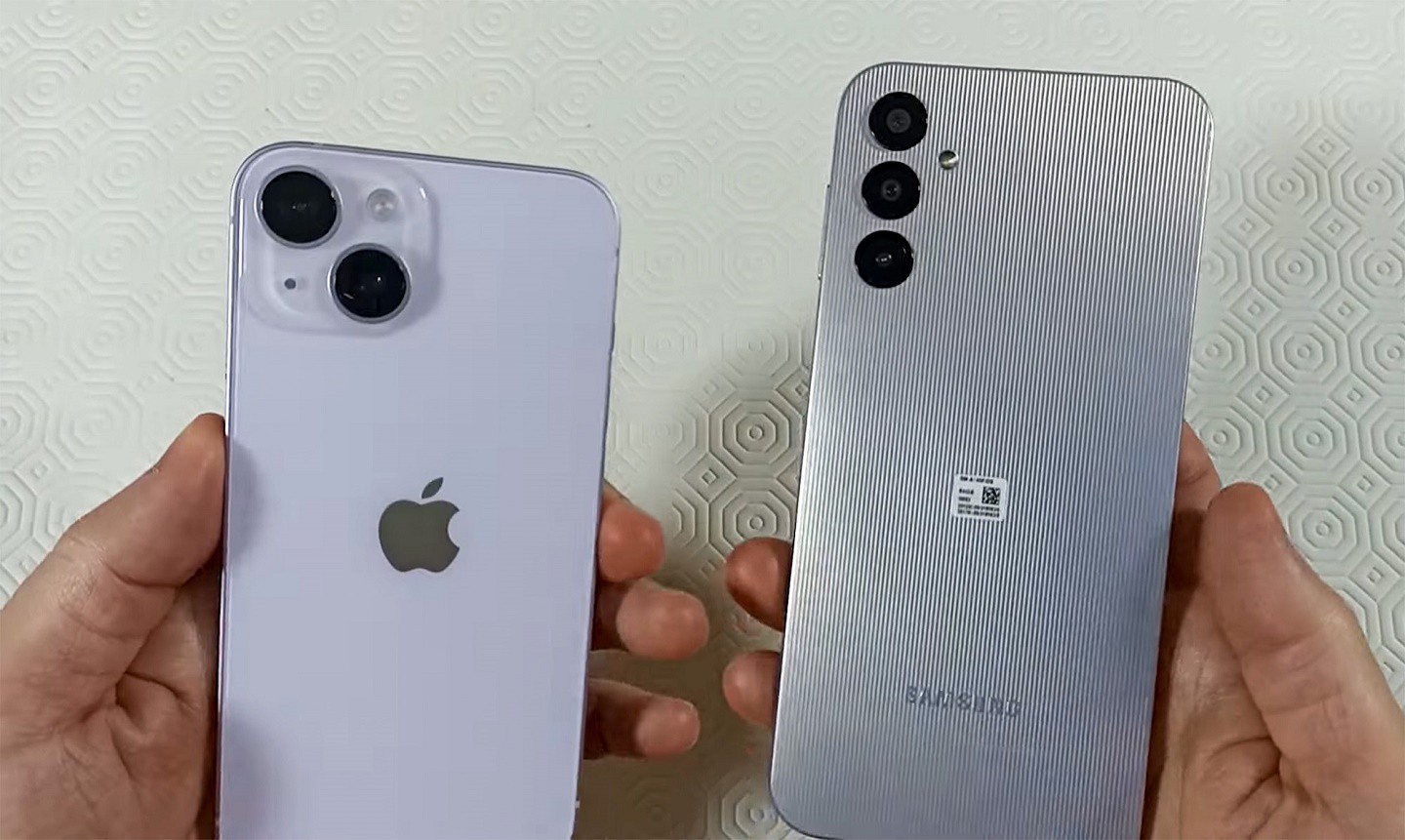
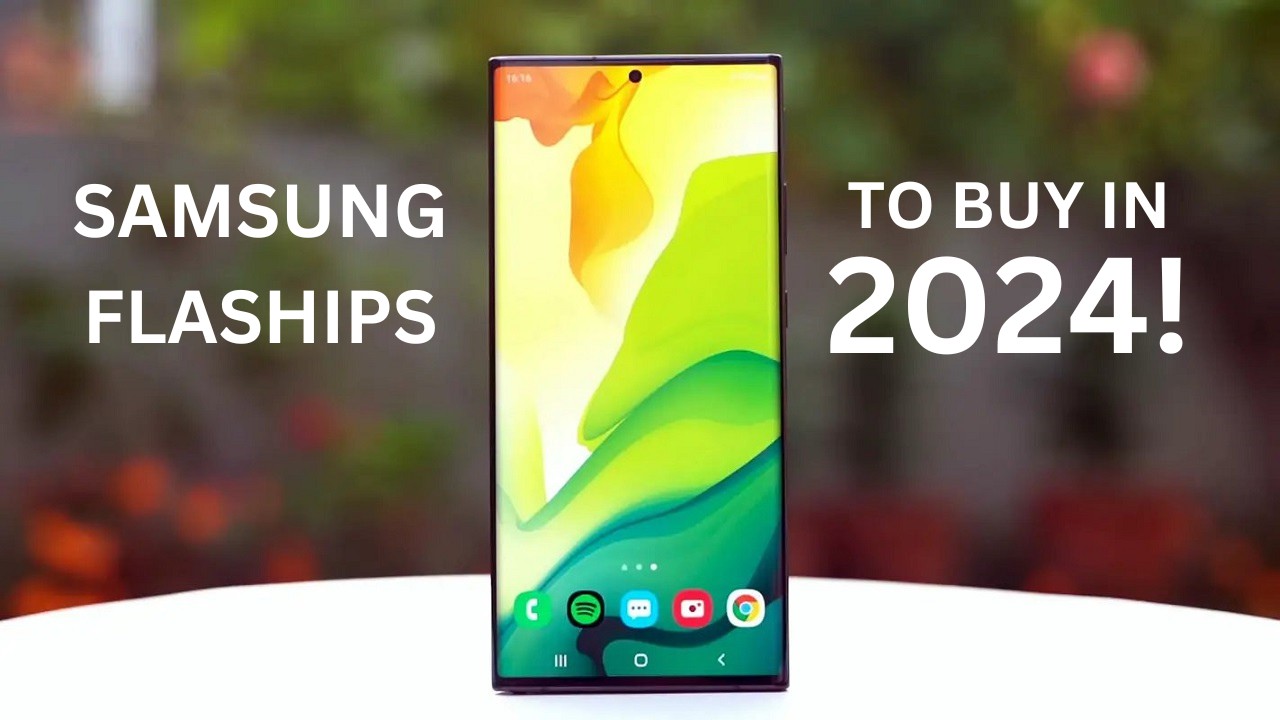
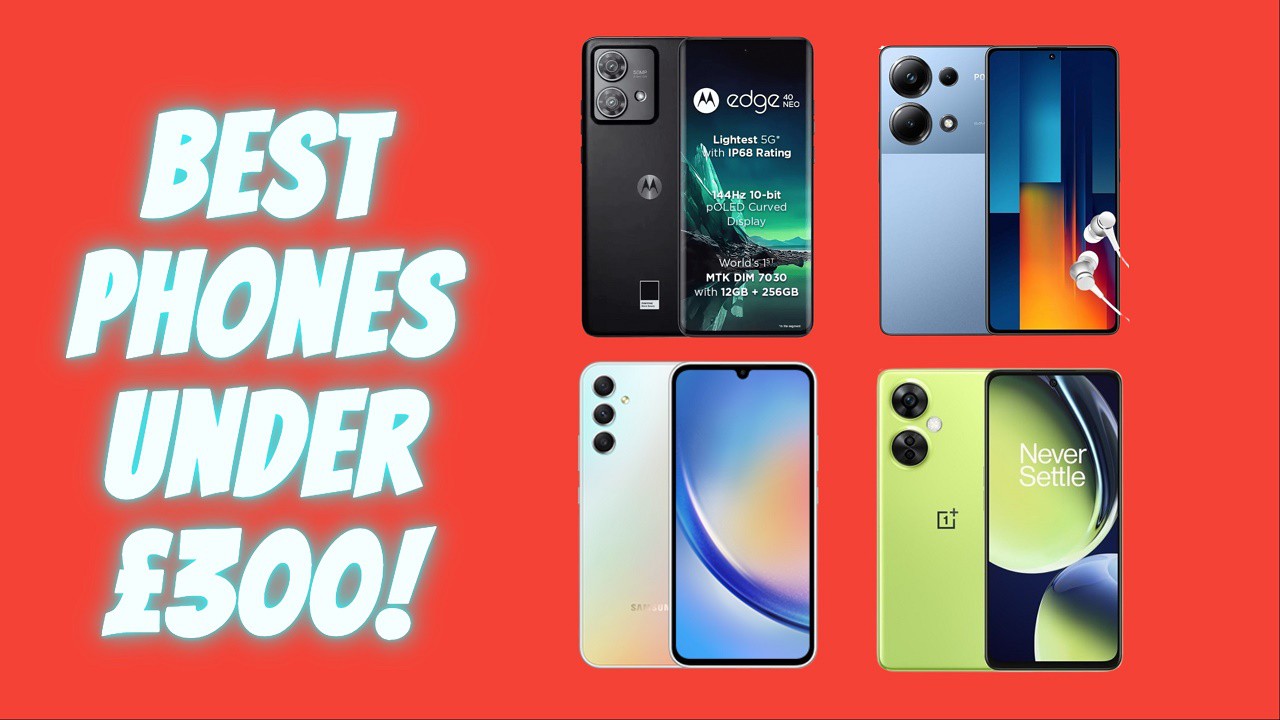
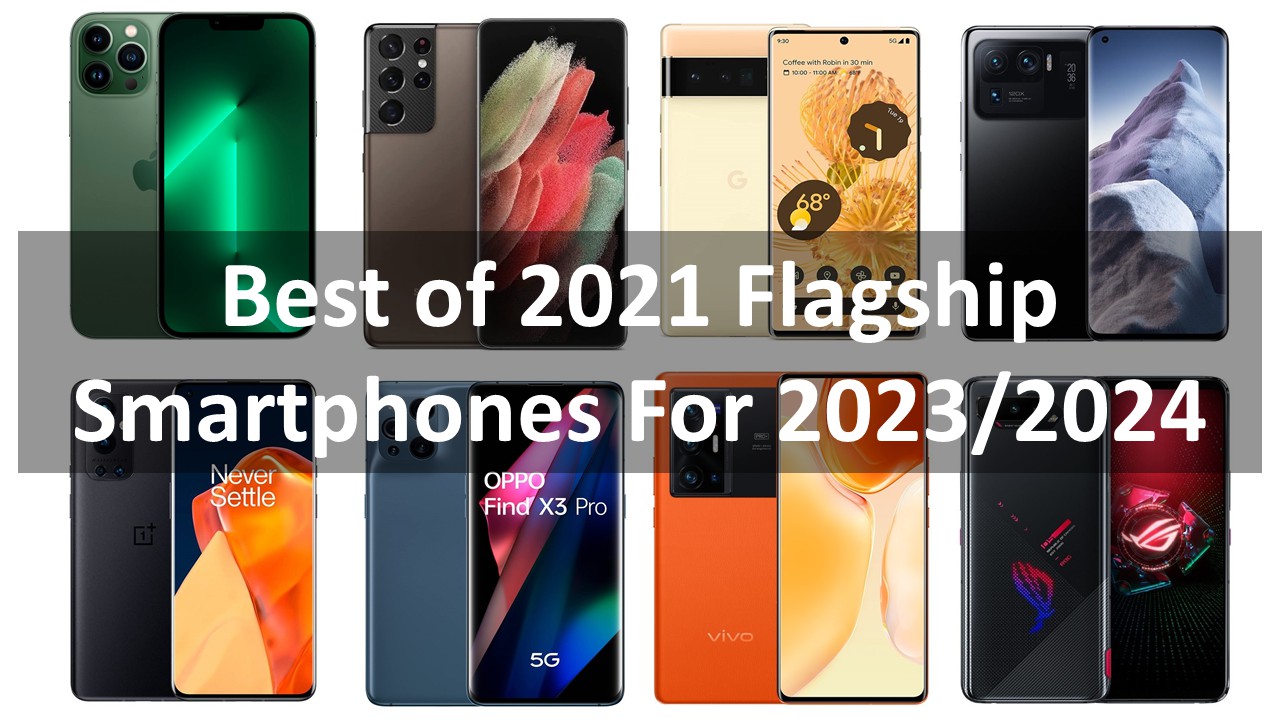
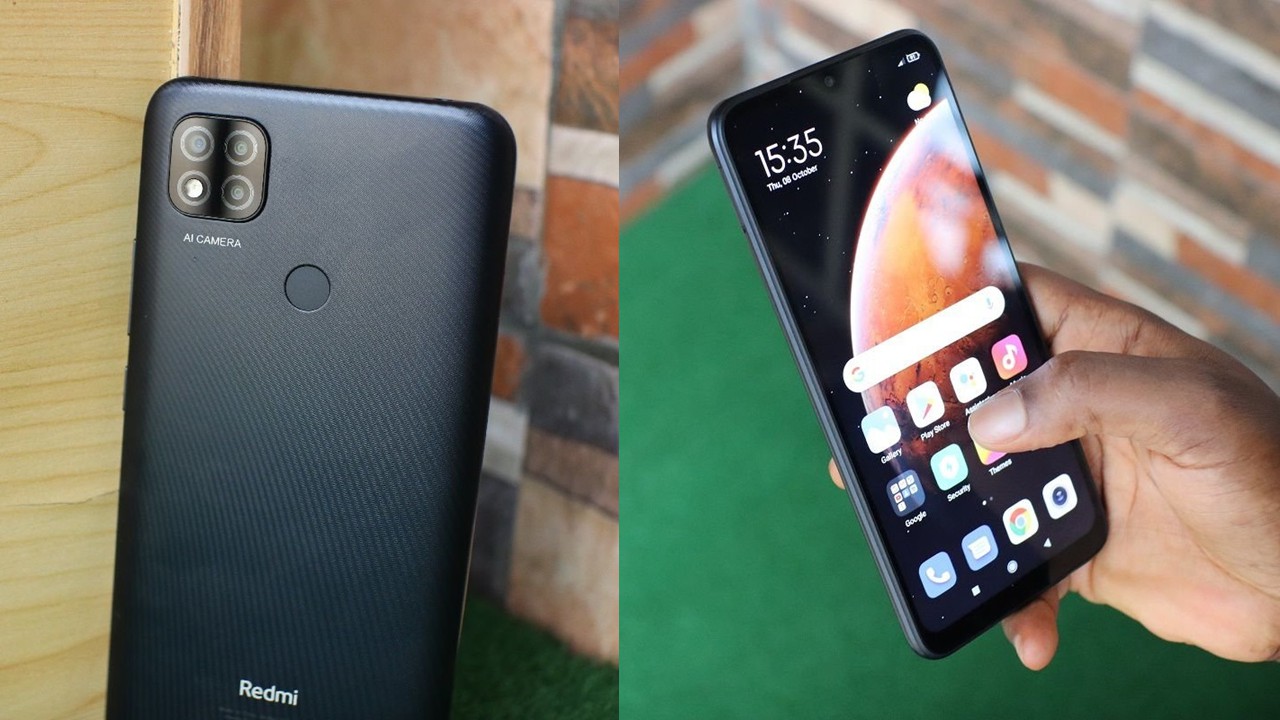

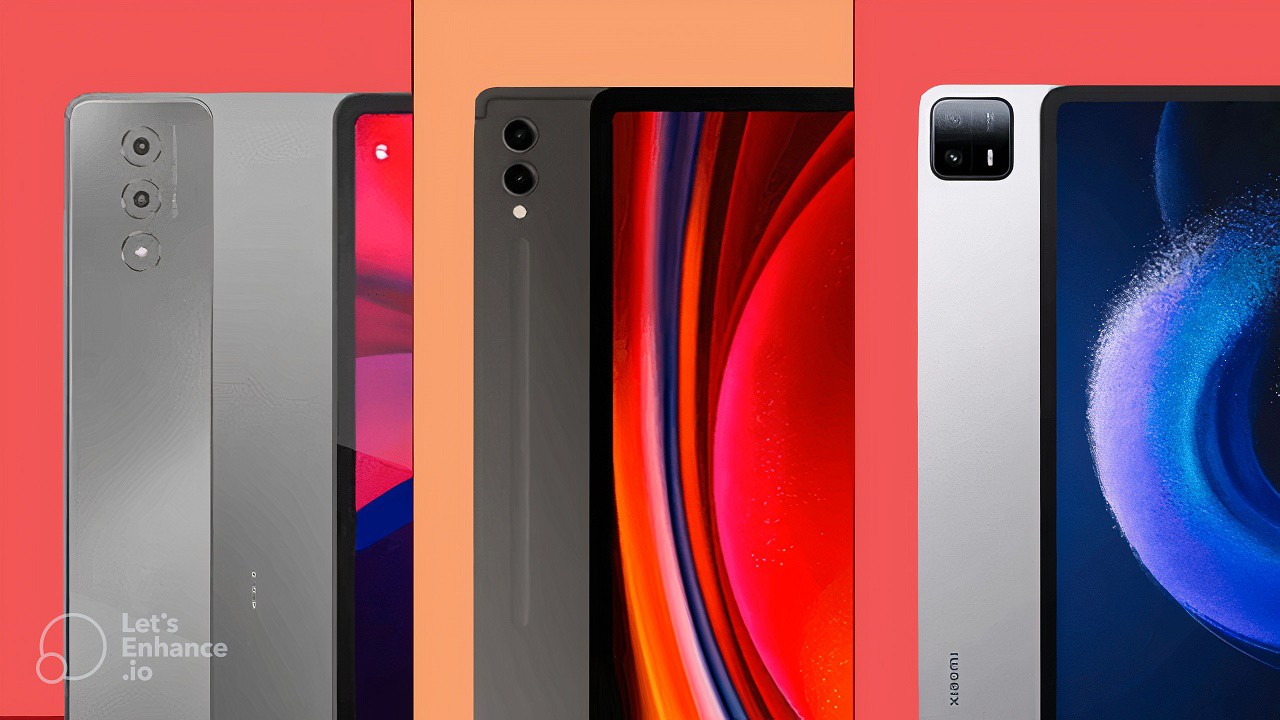
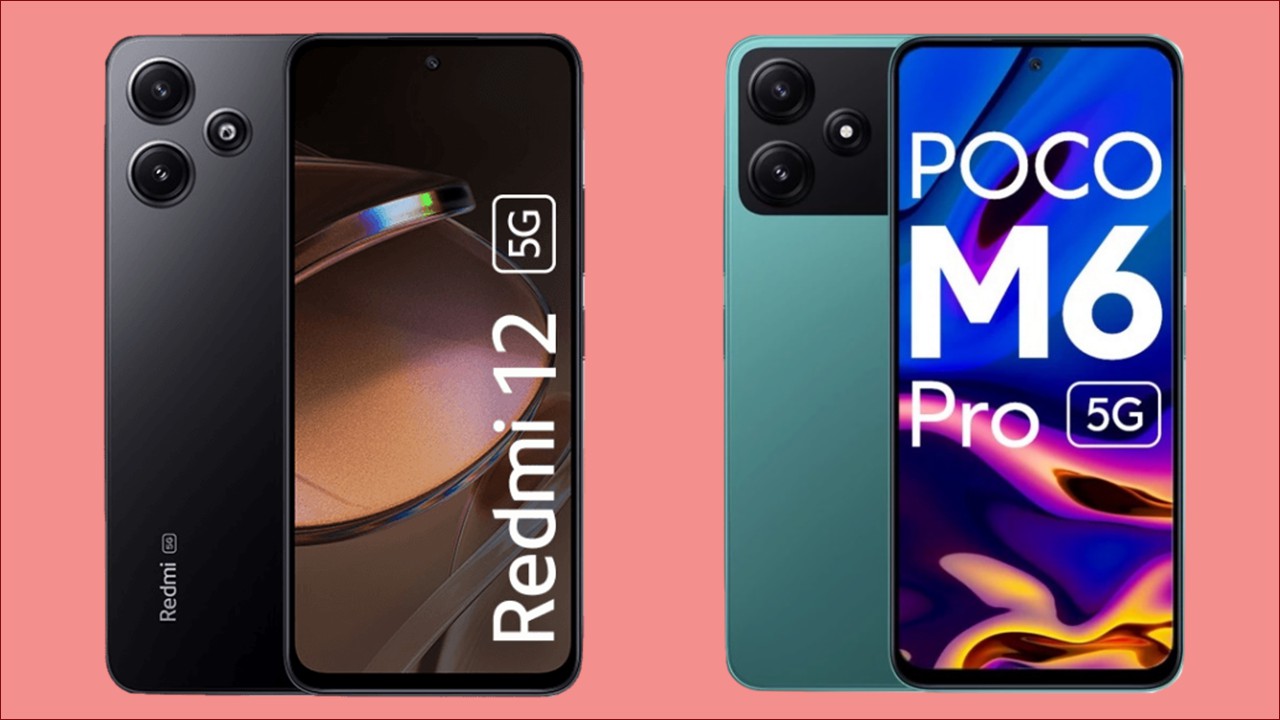

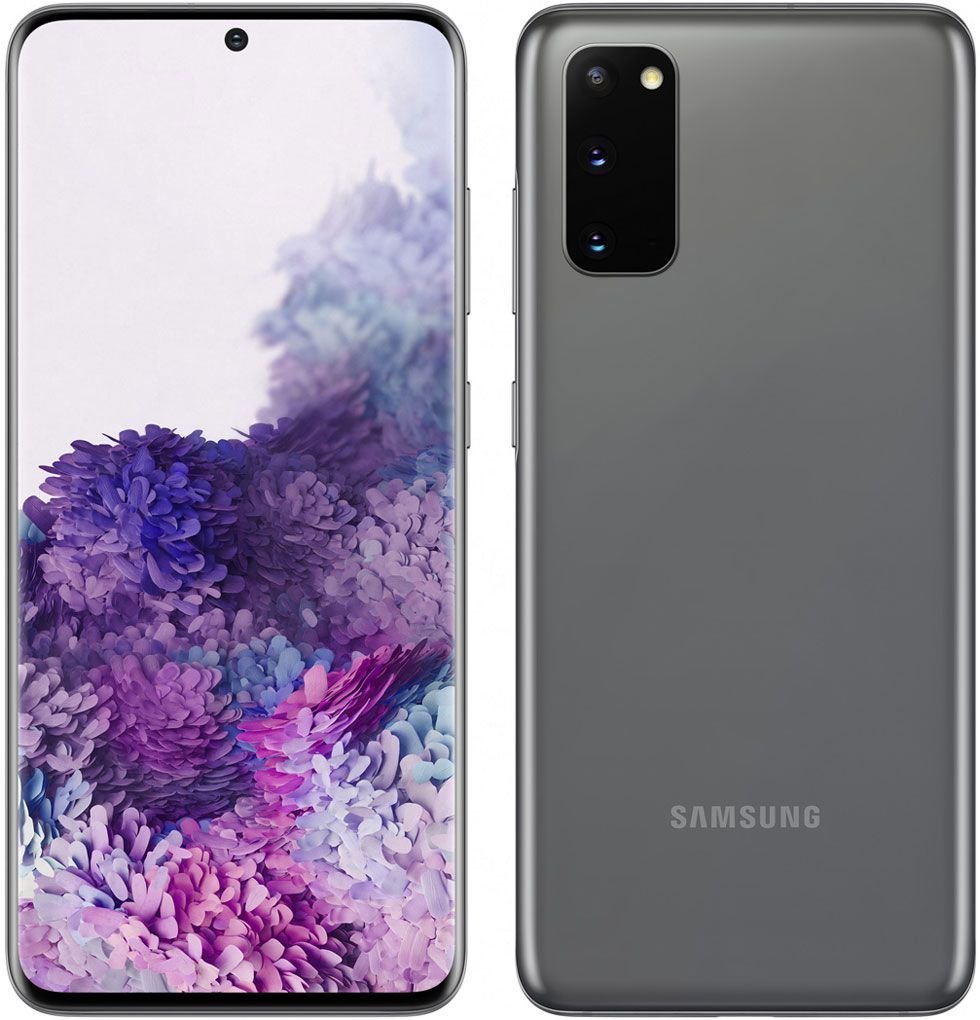
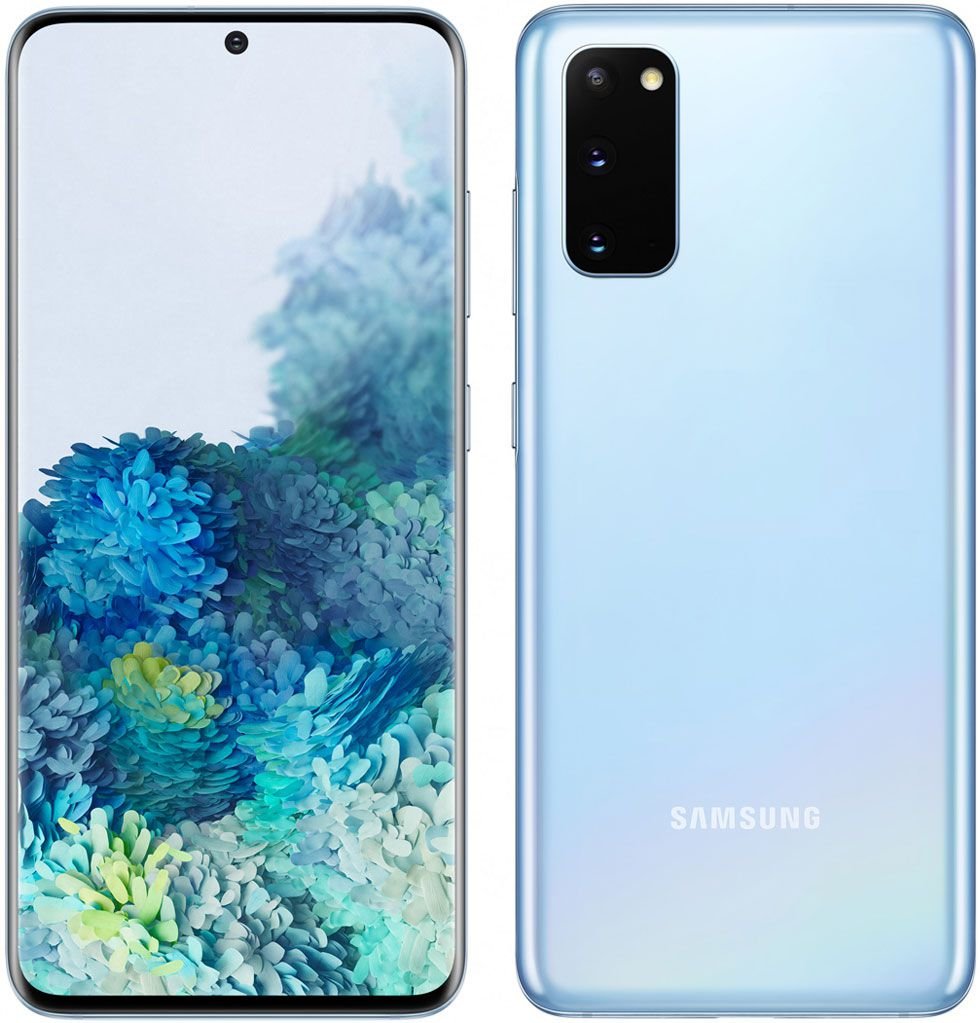
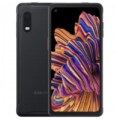
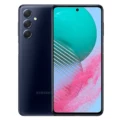
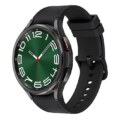
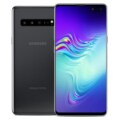
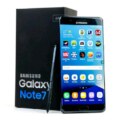
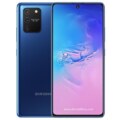
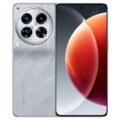
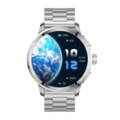
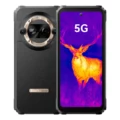
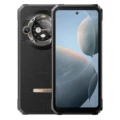
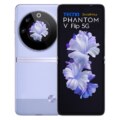
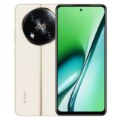

Leave a Reply